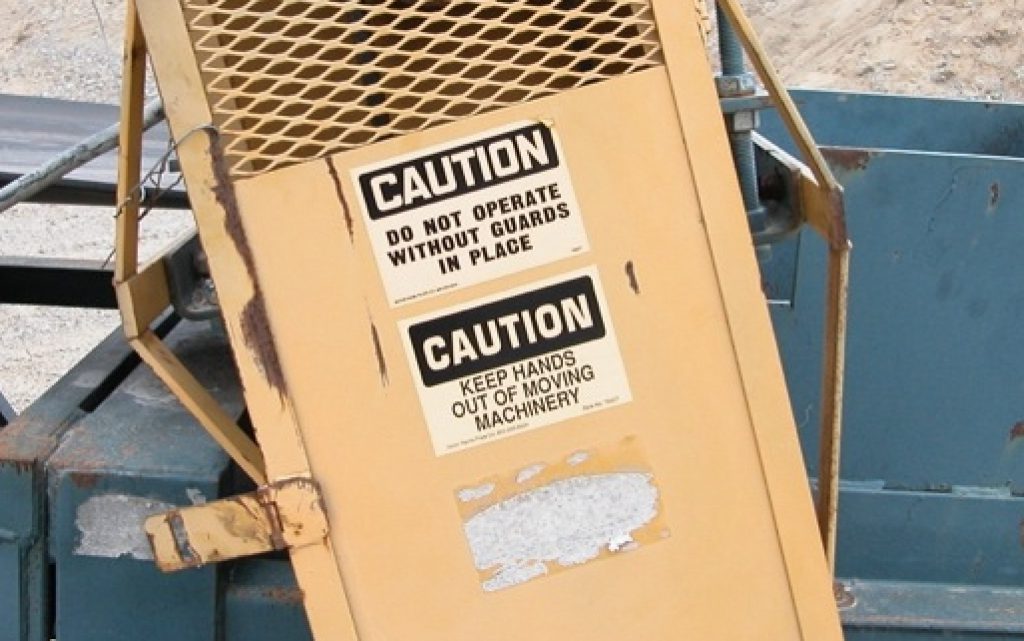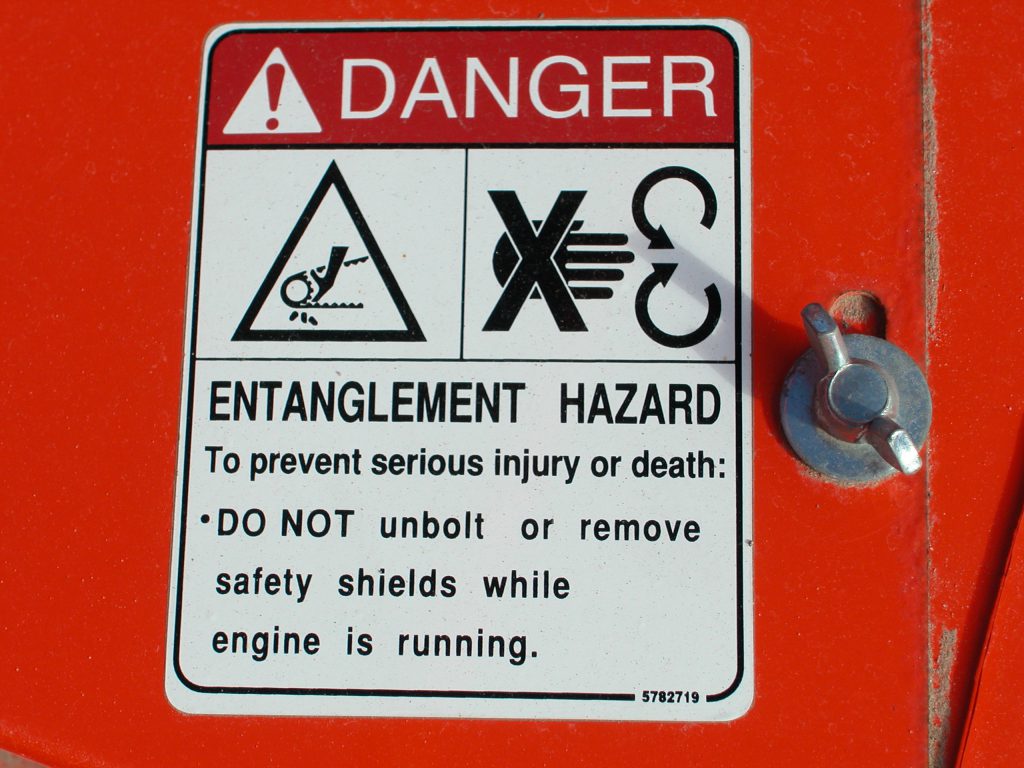Machine guarding and entanglement investigations remain one of our specialty areas. Working as a director of safety standards for OSHA, Dr. Miller helped shape the current safety standards regarding all machinery and processing equipment. Consequently, we are extremely familiar with the safeguarding of nearly any type of mechanical device through initial design, redesign, or after-market applications.
Miller Engineering’s expertise in machine guarding and entanglement began with Dr. Miller’s extensive education and background in mechanical engineering and has been strengthened through the addition of our other highly qualified mechanical engineers on the staff. From a standards viewpoint, Dr. Miller was a director of safety standards for Federal OSHA and had responsibility for revising all OSHA safety standards relative to all machinery and processing equipment used in manufacturing or construction. This included power transmission, mechanical power presses, general machine guarding, elevated work platforms, and power tools. Consequently, we are extremely familiar with the safeguarding of nearly any type of mechanical device.
We fully subscribe to the “Principles of Guarding.” These principles include:
-
Designing out any hazard in the machine or process, if possible and feasible;
-
Guarding those hazards which cannot be designed out, provided the function of the machine is not destroyed;
-
Instructing persons operating on or around such machinery of the hazards involved; and/or
-
Warning of hazards which cannot be passively protected by design or guarding.
Through our projects and publications, we regularly both practice and preach these Principles of Guarding.
Background: Early Mechanical Safety
The origins of early safety concerns were in the steam boiler era, the first type of portable power generation. This was power which would explode if not controlled; a small boiler had the capability of destroying an entire structure the size of a city block. This steam power was converted into rotating shaft power, which then found its way into everything from rail locomotives to drill presses, lathes, power presses, and milling machines, etc.
The first of the mechanical machine safety standards were for boilers (ASME Standards), then power transmission (steam belt power), then, probably, machine guarding (power presses). Boiler safety was brought under control through these standards, as the newly required designs and controls were successful in controlling boiler explosion accidents.
However, power transmission and machine guarding were more difficult since they involve diverse mechanical safety hazards, a multitude of employees using such machines, and thousands of types of machinery, each having its own safety guarding challenges.
Guarding and Entanglement Example Projects
-
Guard designs for wire terminating machines
-
Total Machine enclosures to guard and provide noise protection
-
Power Take-off (PTO) shaft guarding
-
Power transmission shaft entanglement accidents
-
Interpretation/Application of OSHA Table O-10 guarding criteria
-
Mechanical Safety of off-shore oil rig operations
-
Nail guns, mitre saws, radial saws guarding/accidents

